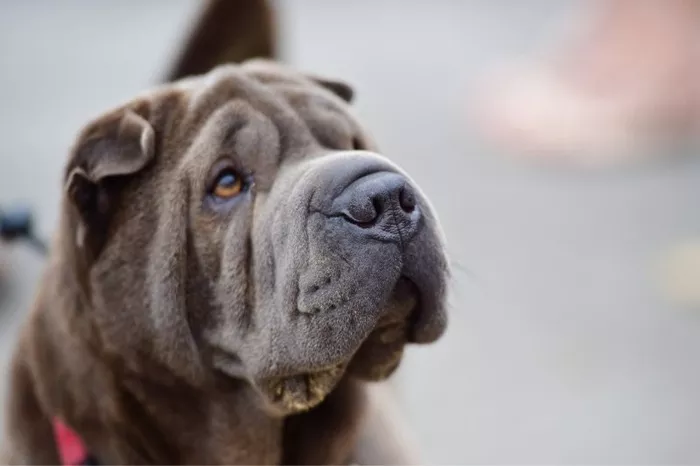Shar-Pei fever is a serious health condition that affects the Chinese Shar-Pei breed. This disease, also known as Familial Shar-Pei Fever (FSF), causes recurring fevers and inflammation. Many dog owners worry about their pet’s lifespan after diagnosis. Understanding this condition helps in managing it effectively.
This article explains Shar-Pei fever in detail. You will learn about symptoms, causes, treatment, and life expectancy. With proper care, a Shar-Pei can live a decent life despite this condition.
What Is Shar-Pei Fever?
Shar-Pei fever is a genetic disorder. It causes sudden high fevers and swollen joints. The disease is unique to the Shar-Pei breed due to their unusual skin structure. These dogs have excessive hyaluronan, a substance that triggers inflammation.
The fever episodes last 24 to 36 hours. They may happen frequently or rarely. Without treatment, complications like kidney failure or amyloidosis can develop. Early detection is crucial for a better outcome.
Symptoms of Shar-Pei Fever
Recognizing the signs helps in quick action. Common symptoms include:
- High fever (103°F to 107°F)
- Swollen hocks (ankle joints)
- Lethargy and loss of appetite
- Vomiting or diarrhea
- Abdominal pain
During an episode, the dog appears very sick. The fever may drop on its own, but veterinary care is necessary. Repeated episodes damage organs over time.
Causes of Shar-Pei Fever
The exact cause is genetic. Shar-Peis produce too much hyaluronan. This leads to inflammation and fever. Some factors trigger episodes:
- Stress (travel, loud noises, changes in routine)
- Infections or injuries
- Hot weather or overexertion
Breeders should avoid mating dogs with a history of FSF. Responsible breeding reduces the risk of passing this condition to puppies.
Diagnosis of Shar-Pei Fever
A vet will check the dog’s medical history and symptoms. Tests may include:
- Blood tests (to detect inflammation)
- Urine tests (for kidney function)
- Genetic testing (to confirm FSF)
Early diagnosis helps in managing the disease better. Regular vet visits are important for monitoring health.
Treatment Options for Shar-Pei Fever
There is no cure, but treatments help control symptoms. Common methods include:
- Anti-inflammatory drugs (like Colchicine)
- Fever reducers (under vet supervision)
- IV fluids (for dehydration during episodes)
- Diet changes (low-protein diets protect kidneys)
In severe cases, hospitalization may be needed. Owners should keep a record of fever episodes to help the vet adjust treatment.
How Long Can a Dog Live With Shar-Pei Fever?
Life expectancy depends on disease severity and care. With proper management, a Shar-Pei can live 5 to 8 years after diagnosis. Without treatment, complications shorten lifespan to 2 to 4 years.
Key factors affecting survival:
- Frequency of fever episodes (more episodes mean higher risk)
- Kidney health (amyloidosis is a major threat)
- Quality of veterinary care
Dogs with mild cases live longer. Those with organ damage have a poorer prognosis.
Preventing Complications
Owners can take steps to improve their dog’s life:
- Avoid stress triggers
- Keep the dog cool in hot weather
- Provide a balanced diet
- Regular vet check-ups
Early intervention prevents severe damage. Watching for symptoms ensures quick treatment.
Living With a Shar-Pei With Fever
Caring for a dog with FSF requires patience. Owners should:
- Learn to recognize early signs of fever
- Keep emergency vet contacts handy
- Maintain a calm home environment
Despite the challenges, many Shar-Peis live happy lives. Proper care makes a big difference.
Conclusion
Shar-Pei fever is a lifelong condition, but it doesn’t mean a death sentence. With the right care, affected dogs can live several years. Early diagnosis, proper treatment, and preventive measures are key.
If your Shar-Pei shows symptoms, consult a vet immediately. Responsible ownership and regular health checks ensure the best quality of life for your pet.
By understanding this disease, you can help your dog live longer and healthier. Stay informed, stay prepared, and give your Shar-Pei the love it deserves.
Related topics:
Why Does My Shar Pei Stare at Me?
Why Does My Shar Pei Have No Wrinkles?


